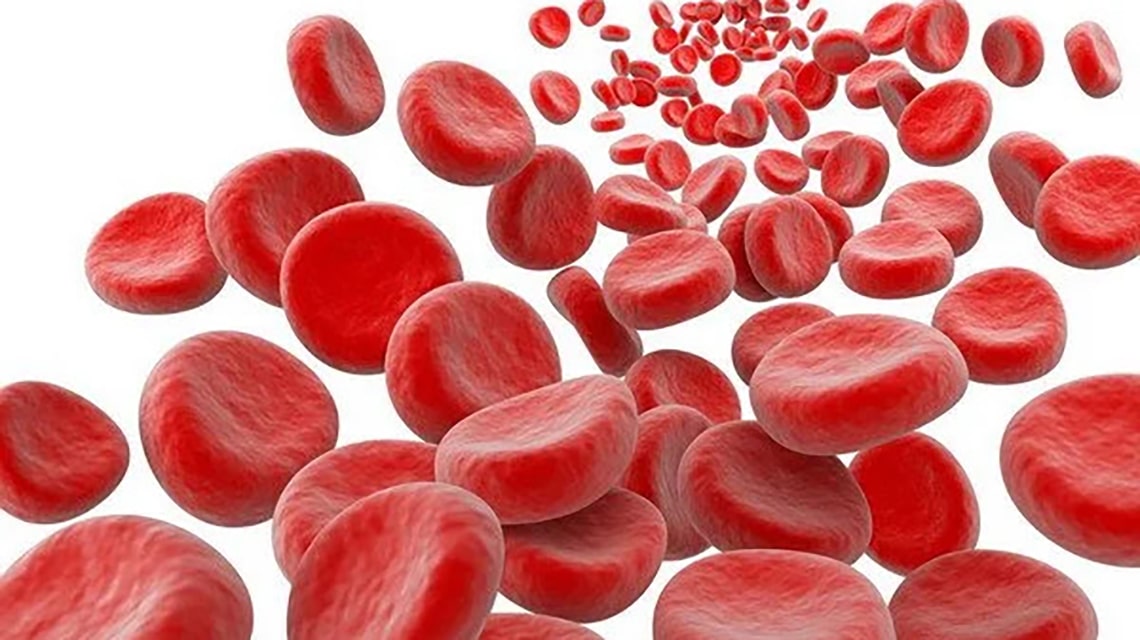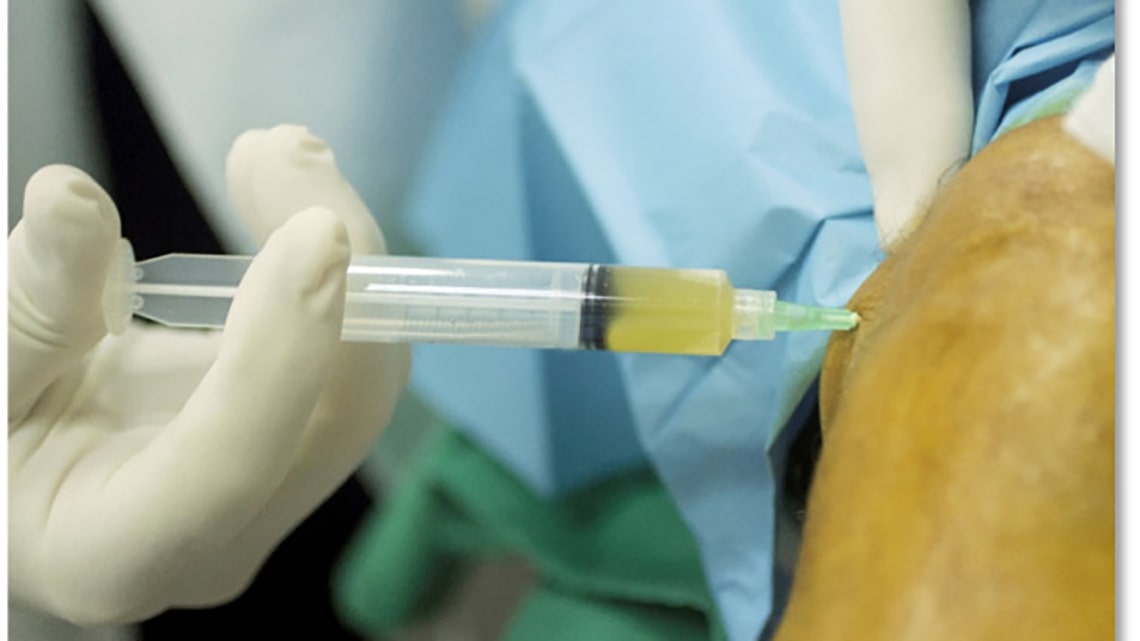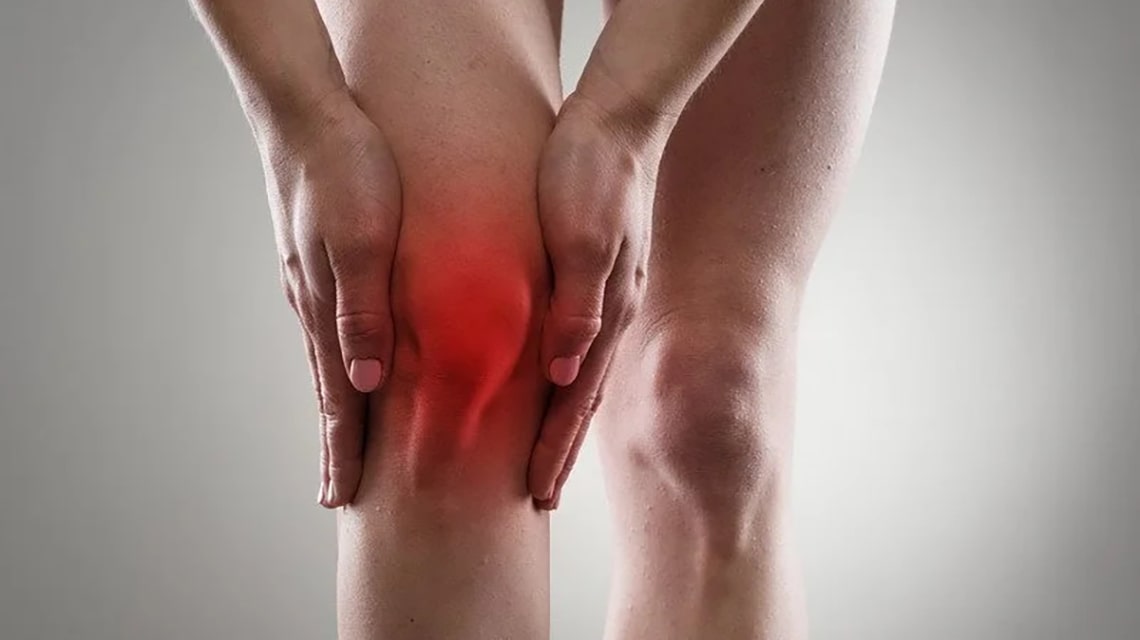For example, we have to be able to teach doctors about the benefits of PRP therapy for wound healing and injury recovery. Part of that teaching includes discussing five different growth factors found in platelets. This is what we will discuss in this blog post.
From a scientific standpoint, platelets do not have a typical cell structure. In fact, they have no cell nucleus. Rather, platelets are a sort of cytoplasm derived from bone marrow. They perform a very important function in wound repair and injury recovery.
List of Growth Factors in PRP
More than 30 growth factors have already been identified in platelets, here is a list of growth factors in prp:
-
- Platelet-Derived Growth Factor (PDGF) – PDGF is naturally synthesized and stored by the body. Its primary role is to encourage the growth of blood vessels within the body. Also known as angiogenesis, the process involves using cells from existing blood vessels to create new blood vessel tissue.
- Fibroblast Growth Factor (FGF) – Fibroblast growth factors have multiple functions. They can assist PDGFs in the antiangiogenesis process, they can contribute to wound healing, and they even play a role in embryonic development. The key to FGFs in PRP therapy is their ability to encourage the proliferation and differentiation of different kinds of cells for tissue-specific purposes.
- Insulin-Like Growth Factor 1 (IGF-1) – IGF-1 is both a growth factor and a hormone. Interestingly enough, it is very similar to insulin in terms of its molecular structure. It plays a major role in both childhood growth and adult anabolism.
- Epidermal Growth Factor (EGF) – EGF is a growth factor that has been discovered in various sorts of human tissue. It is a growth factor that stimulates cell growth along with proliferation and differentiation. As such, the body utilizes it for both wound healing and injury recovery.
- Vascular Endothelial Growth Factor (VEGF) – This growth factor is actually a protein involved in both angiogenesis and vasculogenesis. Its most important role is to help in the creation of new blood vessels following an injury. However, VEGF is also involved in generating muscle tissue and bypassing blocked blood vessels.
As you can see, each of these five growth factors possesses functionality that somehow relates to wound healing and injury recovery. This reality is the basis of using platelet-rich plasma as an alternative to surgery and other invasive therapies. The natural growth factors in PRP stimulate the regeneration of tissue loss to injury or disease.
An Easy to Learn Procedure
Perhaps you or your medical group are looking to add PRP therapy to your list of services. If this is the case, you should know that PRP therapy involves a procedure that is very easy to learn. Our training courses take just two days to complete and can be attended on weekends.
Here is a short description of the PRP process:
Following diagnosis, the doctor extracts the needed material through a simple blood draw. That blood is processed in a specially designed centrifuge device that isolates plasma and its platelets. Following processing, the resulting platelet rich plasma is deployed by injecting it directly into the treatment site. From start to finish, the entire process can be completed in about an hour.
For more information about PRP therapy or our total nucleated cell training courses, feel free to contact us at any time. Apex Biologix is here to help you implement total nucleated cell and PRP therapies for your patients. We also offer marketing assistance as well.



